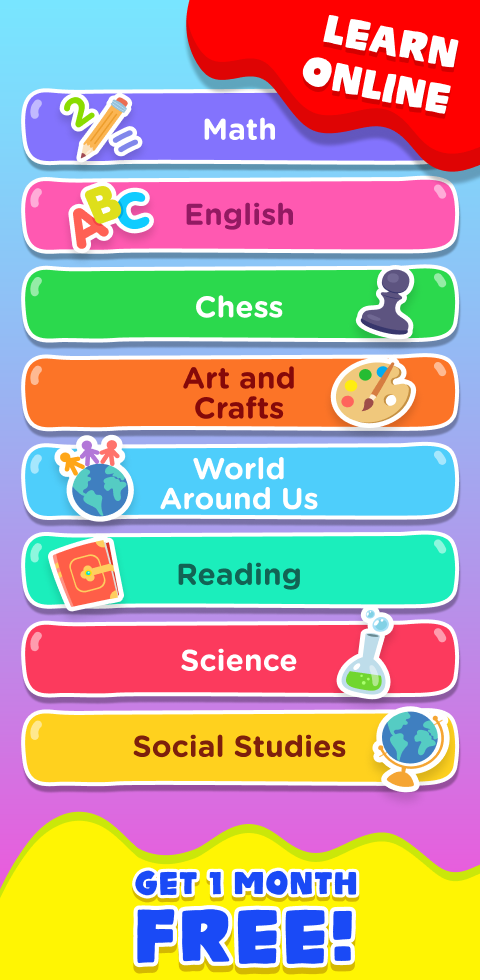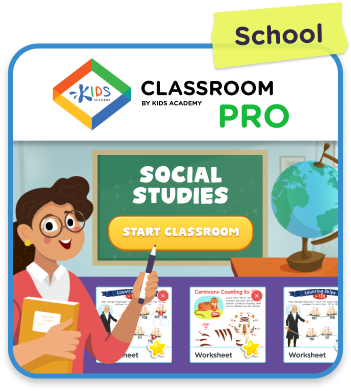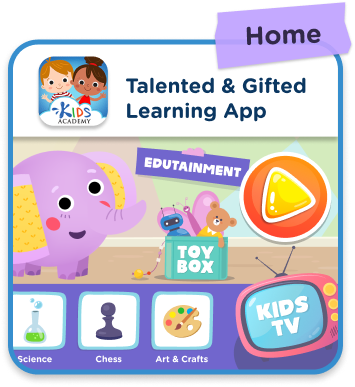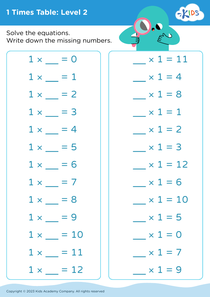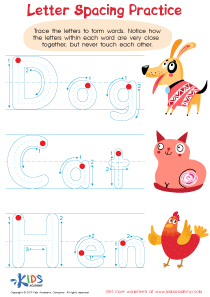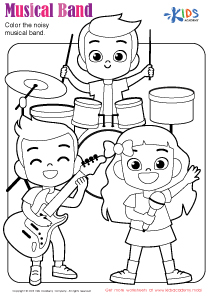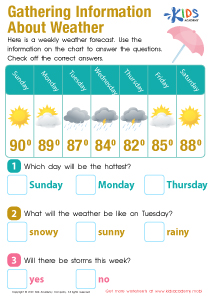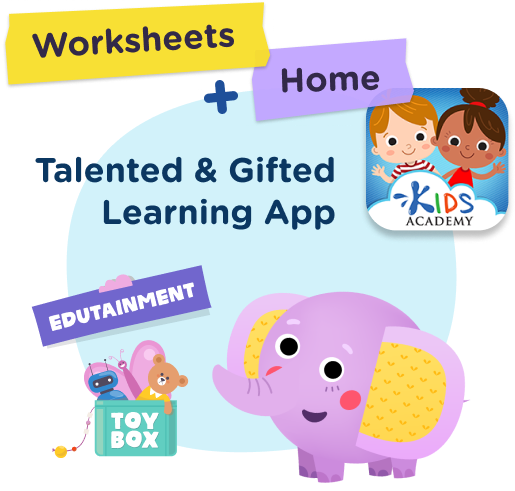Normal Elementary Phonics worksheets activities for Ages 3-5
1 filtered results
-
From - To
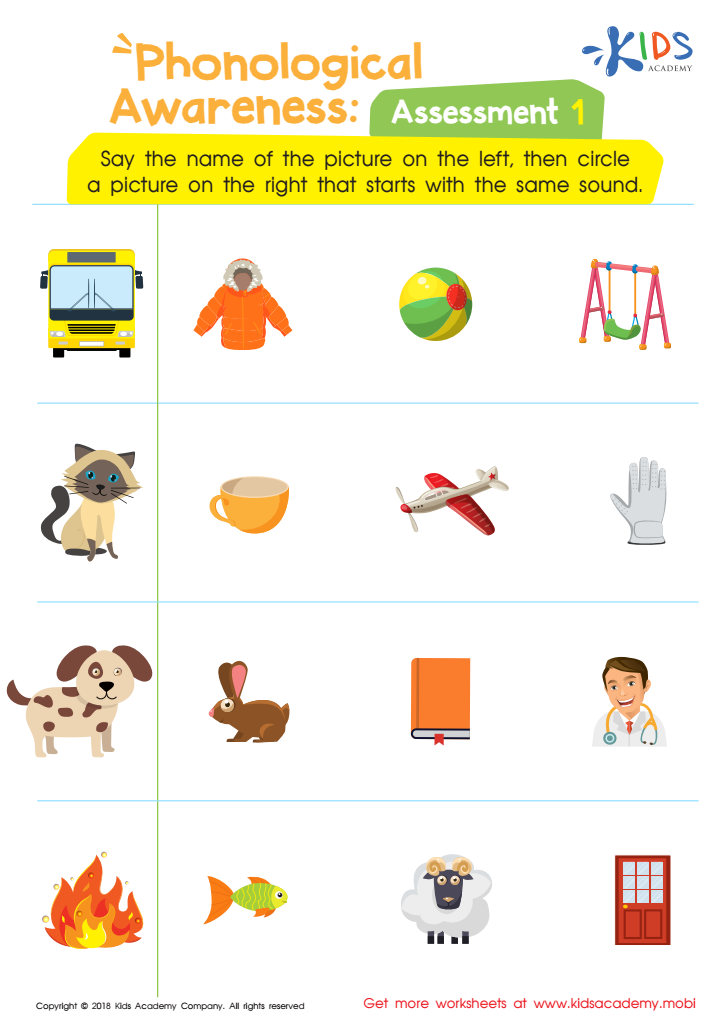

Phonological Awareness: Assessment 1 Worksheet
Normal Elementary Phonics worksheets activities play a crucial role in the foundational learning stage of young learners. These engaging and structured activities are designed to teach children the relationship between letters and sounds, which is essential for reading and writing proficiency. Let's delve into why these worksheets are beneficial for elementary students.
Firstly, Normal Elementary Phonics worksheets activities offer a systematic approach to learning. They introduce sounds and their corresponding letters in a sequential manner, ensuring that students build their phonics knowledge on a solid base. This systematic exposure helps in reinforcing learning, making the acquisition of reading skills smoother and more natural.
Moreover, these worksheets provide a variety of activities that cater to different learning styles. Whether it’s through matching exercises, fill-in-the-blanks, or sound identification tasks, students have the opportunity to engage with the material in ways that best suit their learning preferences. This variety not only keeps the learning process interesting but also ensures that all students can benefit from the practice.
The repetition embedded in Normal Elementary Phonics worksheets activities is another significant advantage. Repetition is a proven learning tool that enhances memory retention. Through repeated exposure to phonics rules and patterns, students can solidify their understanding and recall of these fundamental concepts. This repetition doesn’t have to be monotonous; well-designed worksheets incorporate it in creative and engaging ways.
Furthermore, these phonics worksheets activities facilitate independent learning. Students can work through the exercises at their own pace, allowing them to take the time they need to master each concept. This self-paced learning encourages autonomy and confidence in young learners, traits that are beneficial throughout their academic journey and beyond.
In conclusion, Normal Elementary Phonics worksheets activities are invaluable in teaching reading and writing skills. They provide a structured, varied, and engaging approach to learning phonics, fostering independence and confidence in young learners. By incorporating these activities into the learning process, educators can ensure a solid foundation for their students' literacy skills.

 Assign to My Students
Assign to My Students

